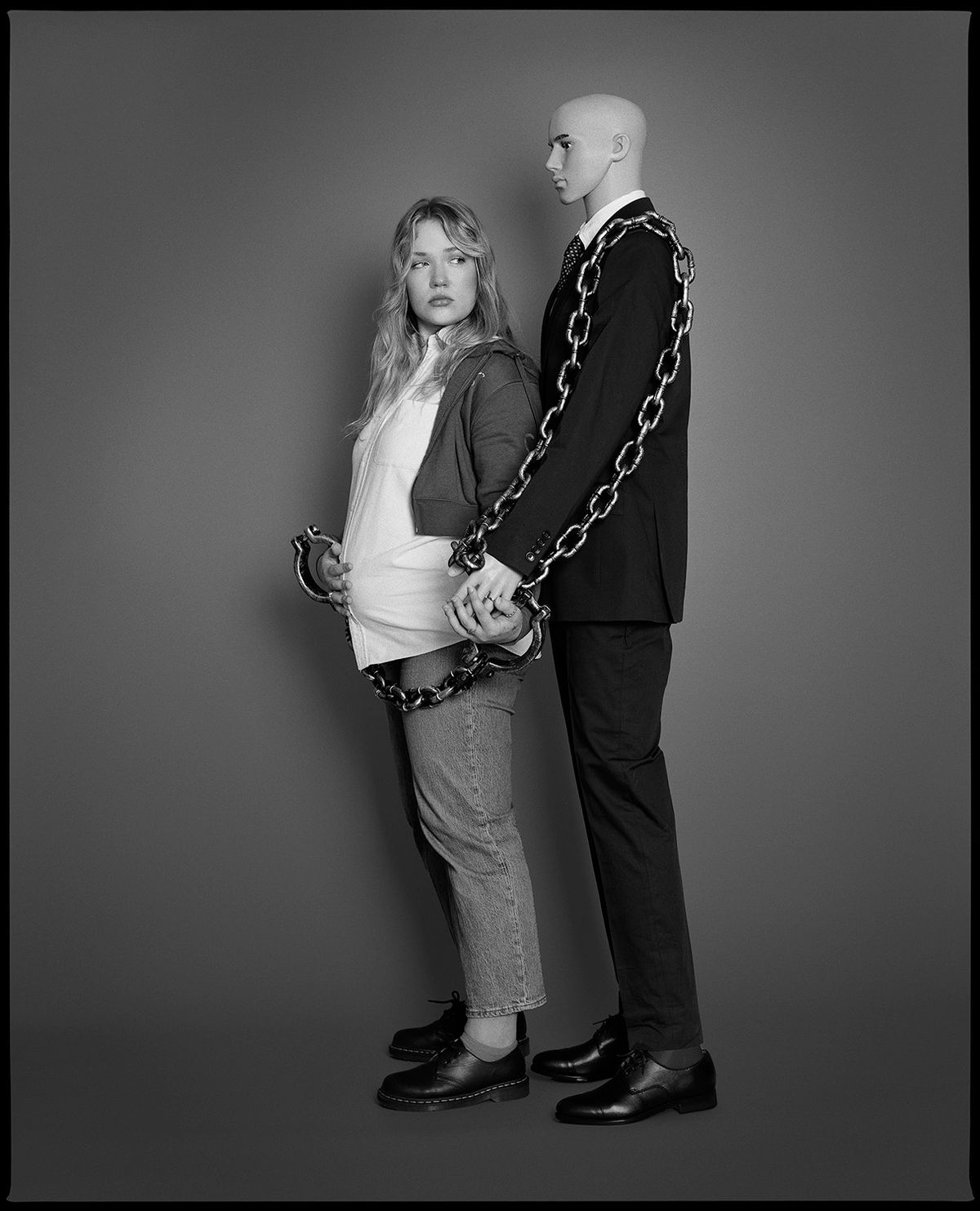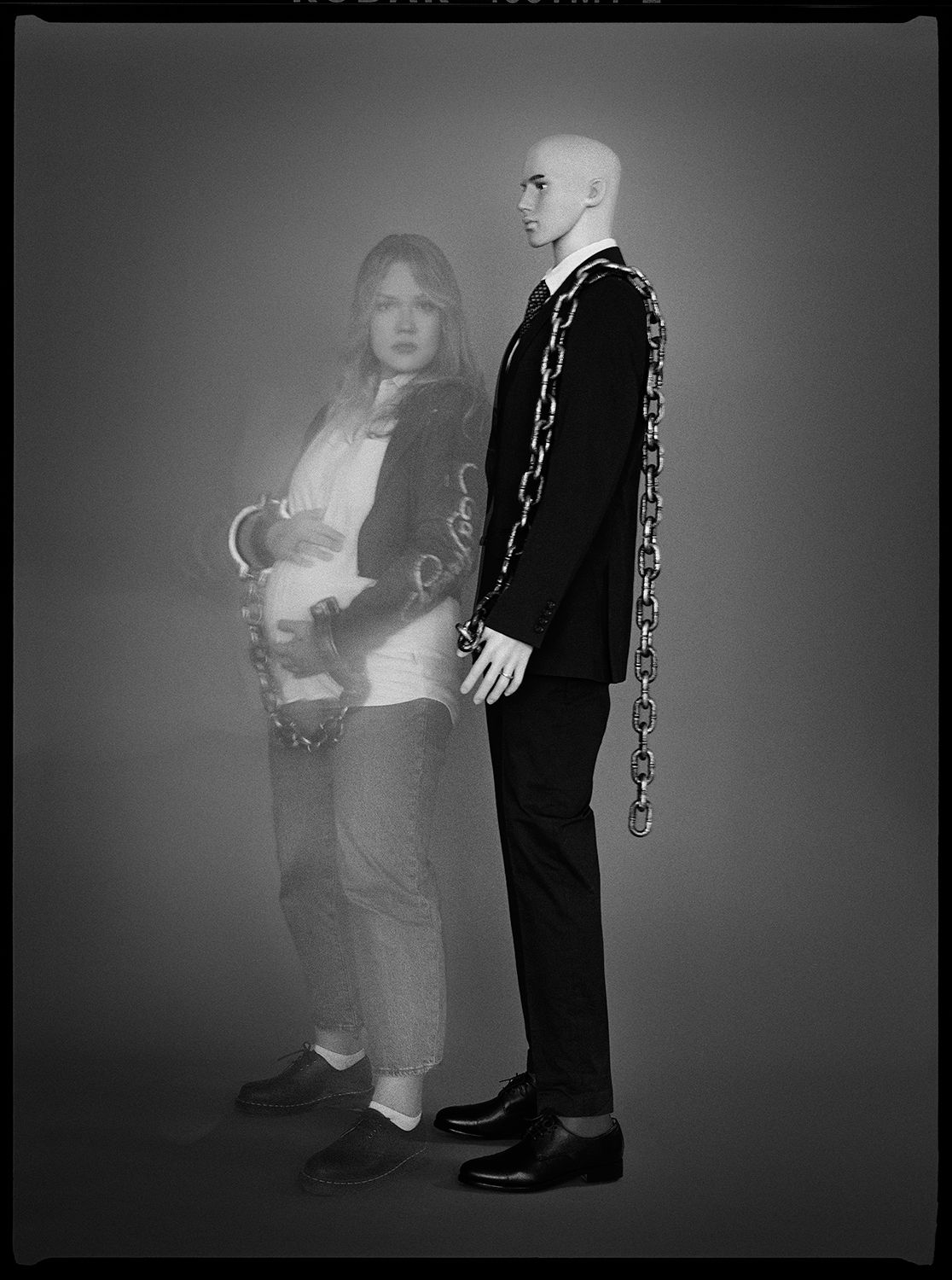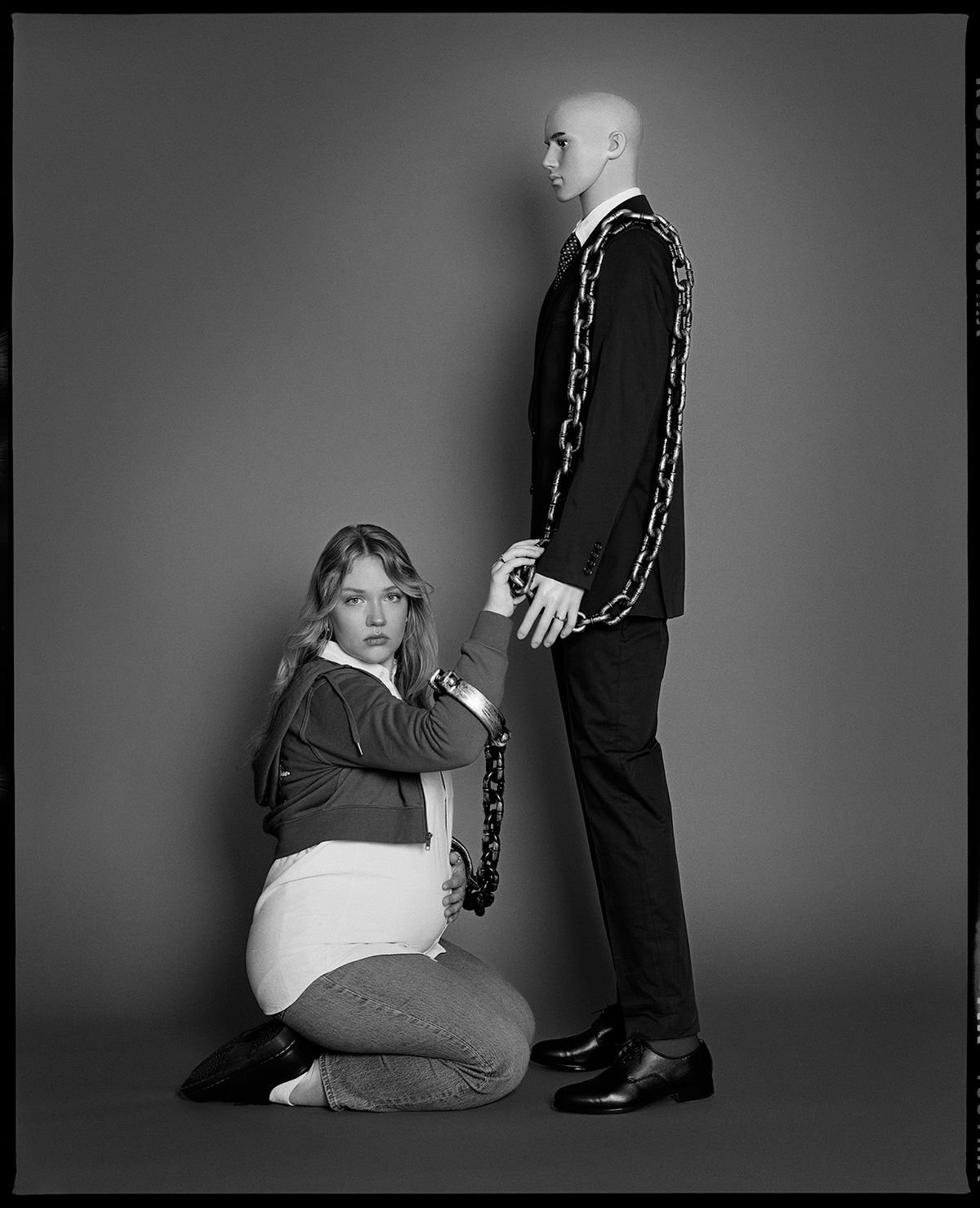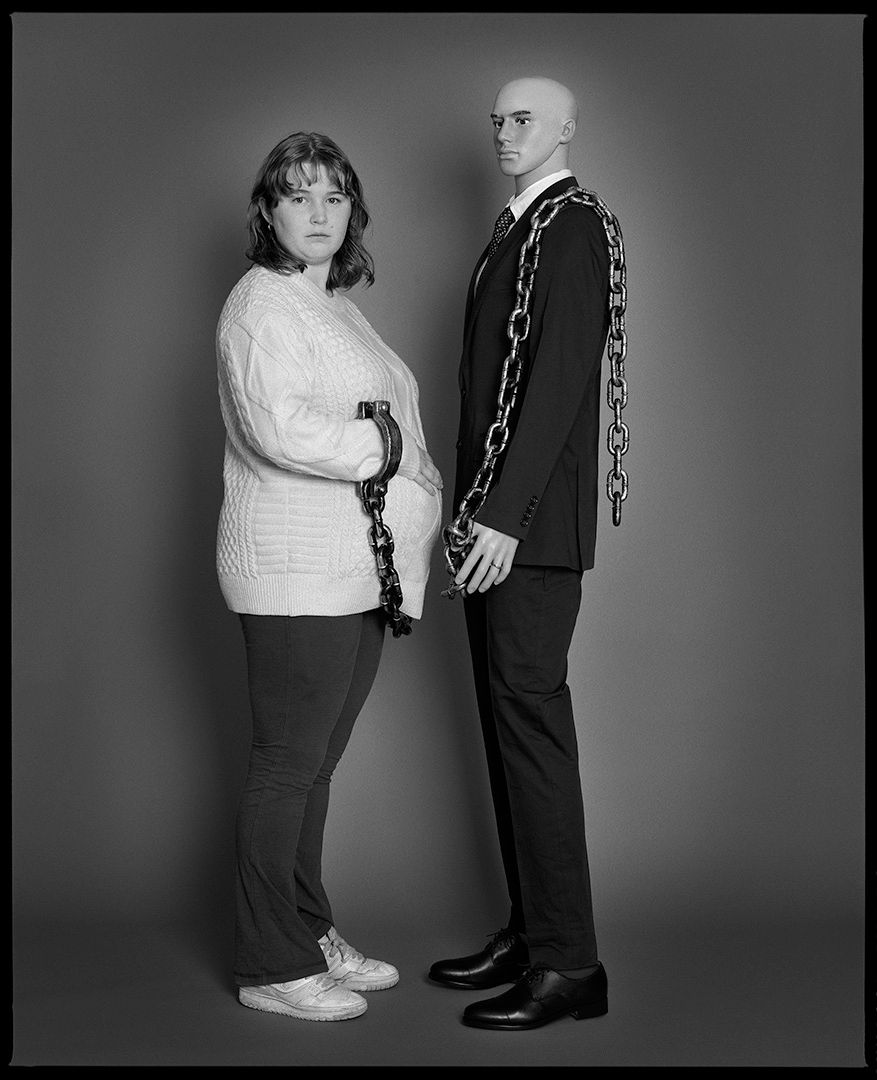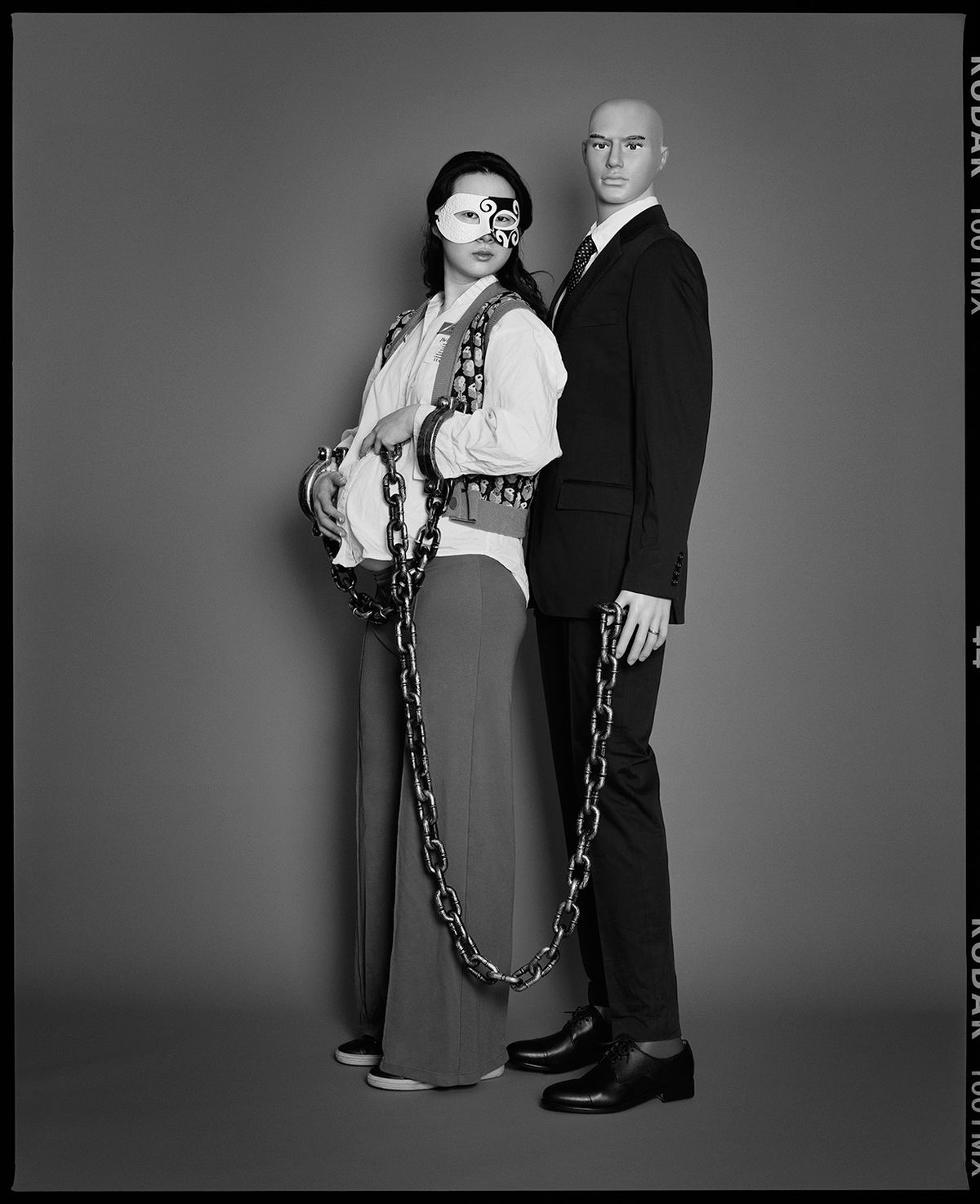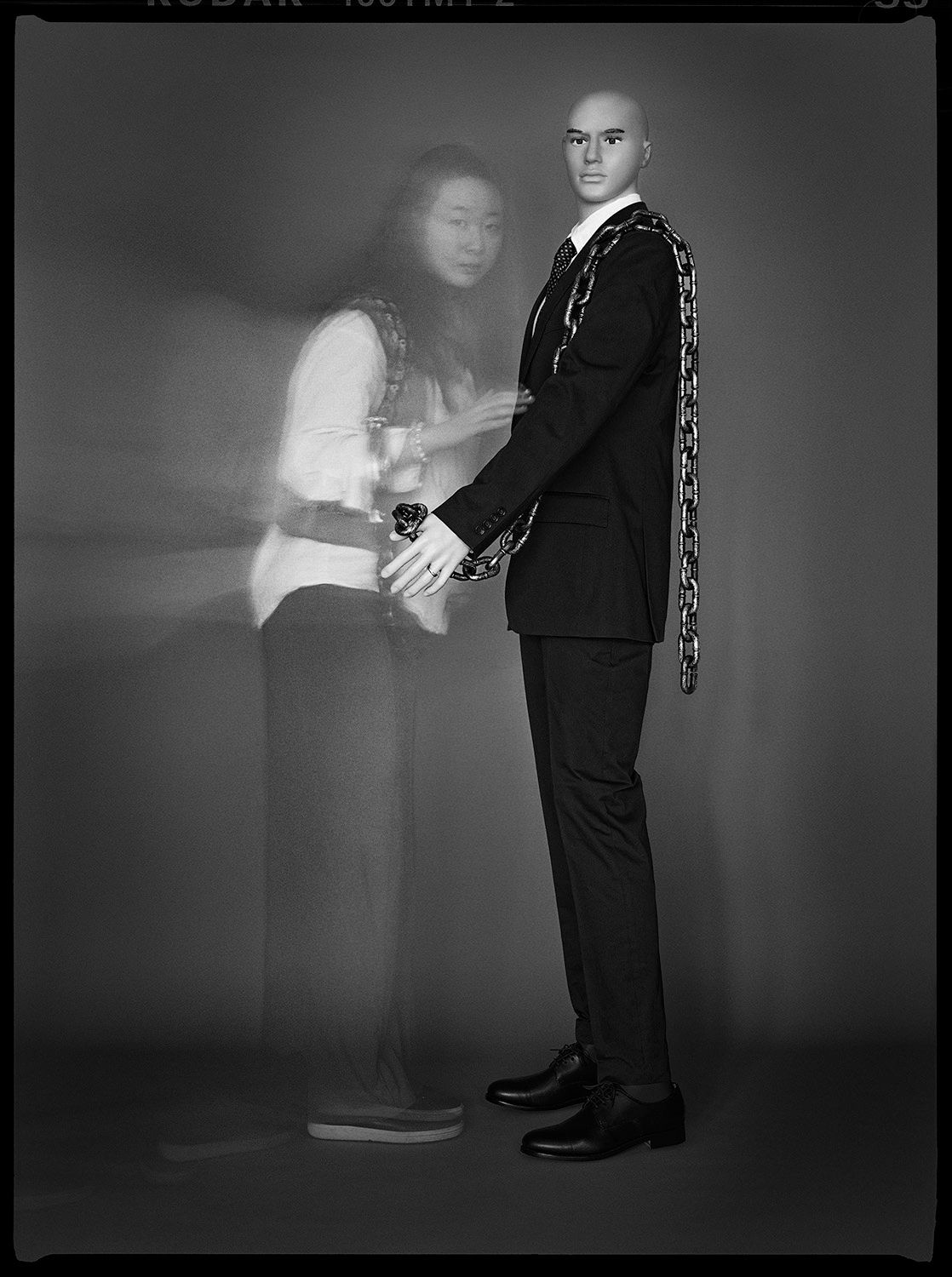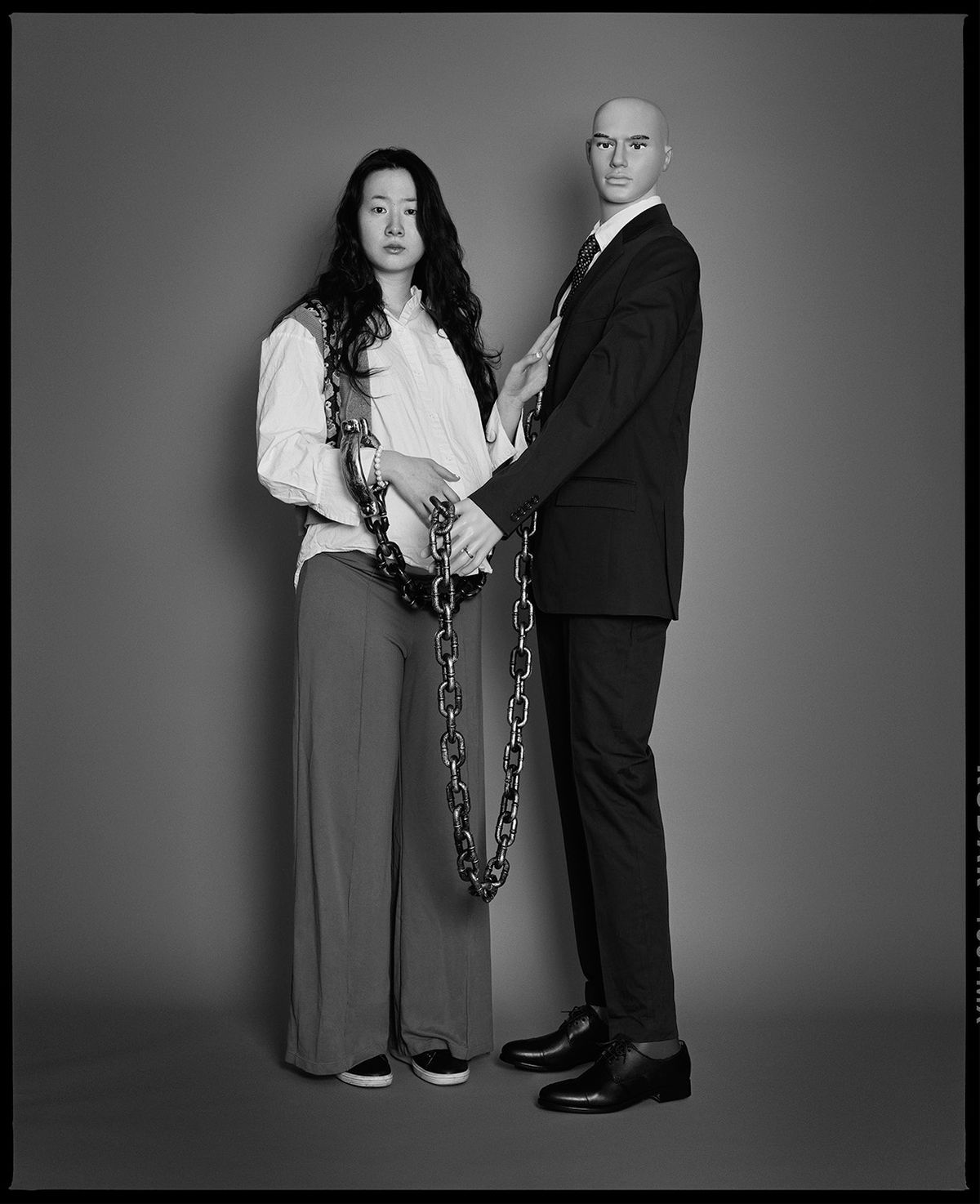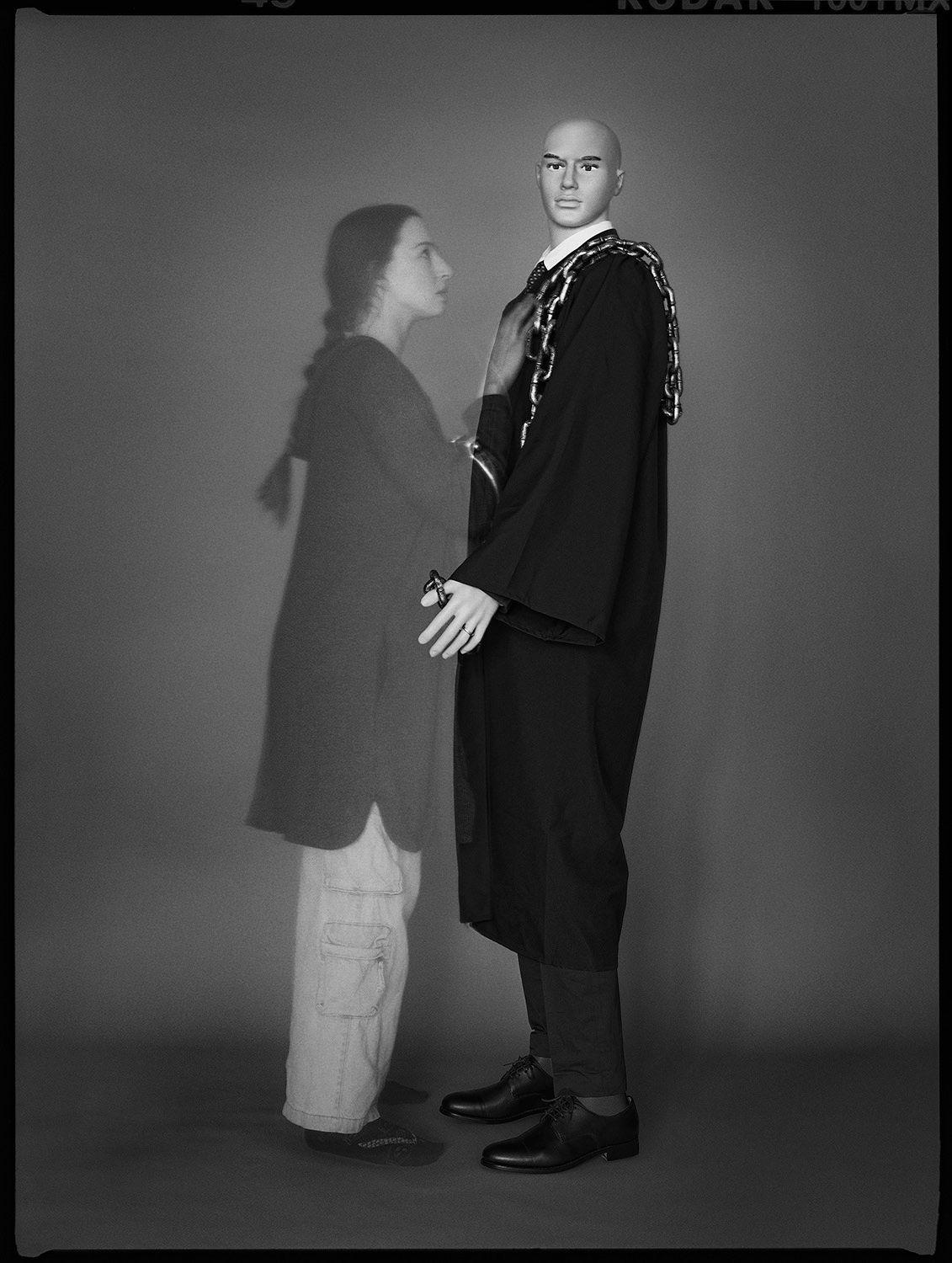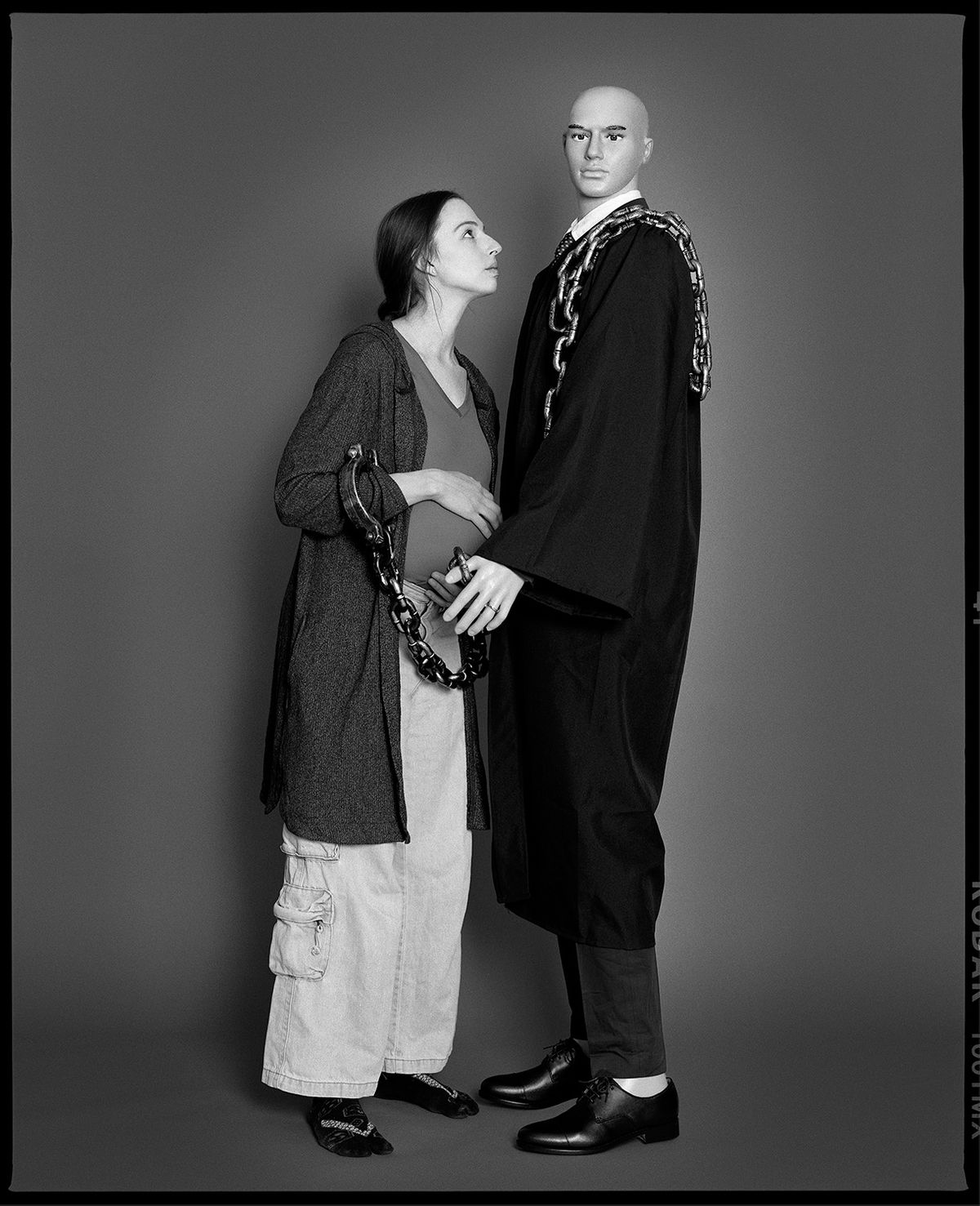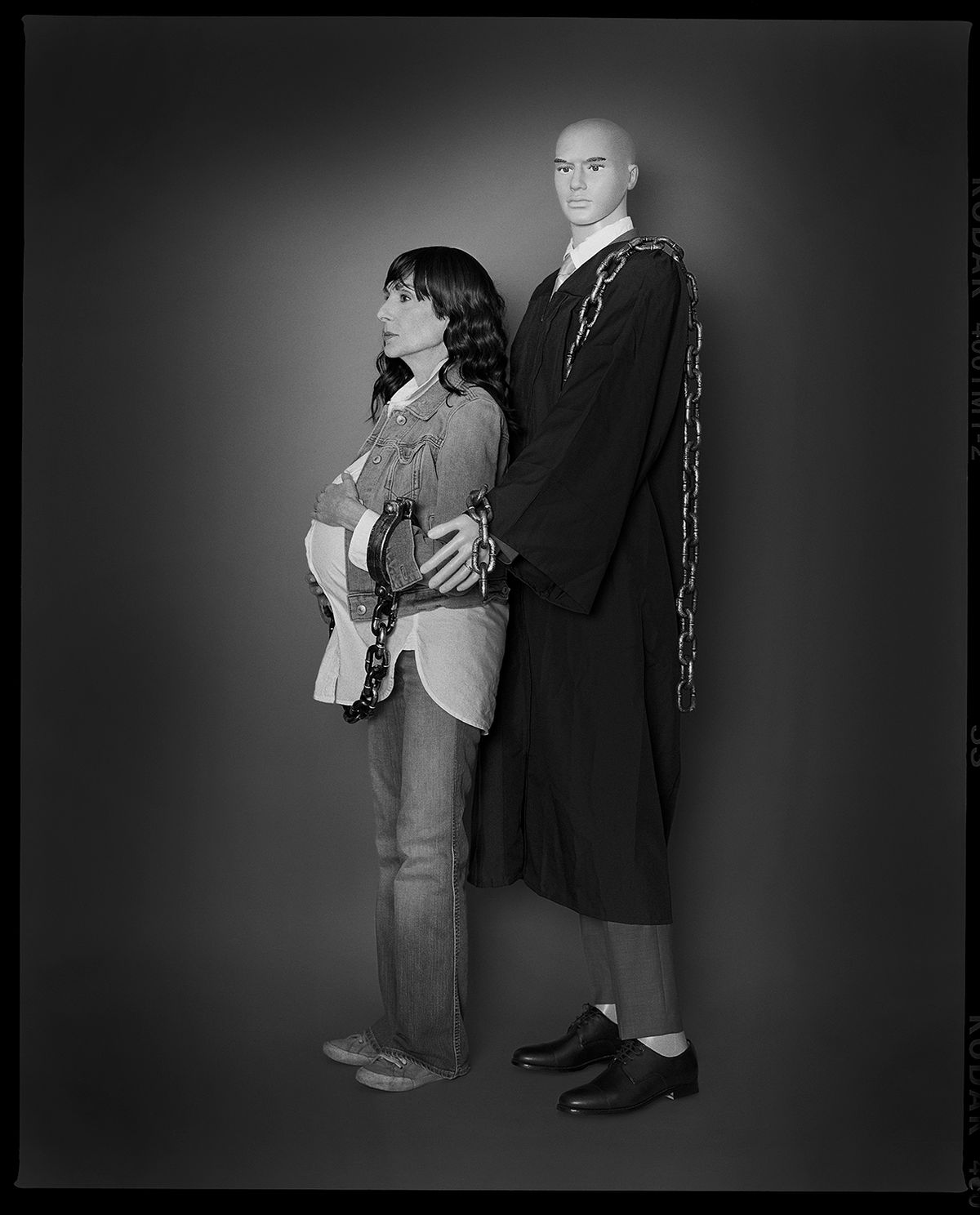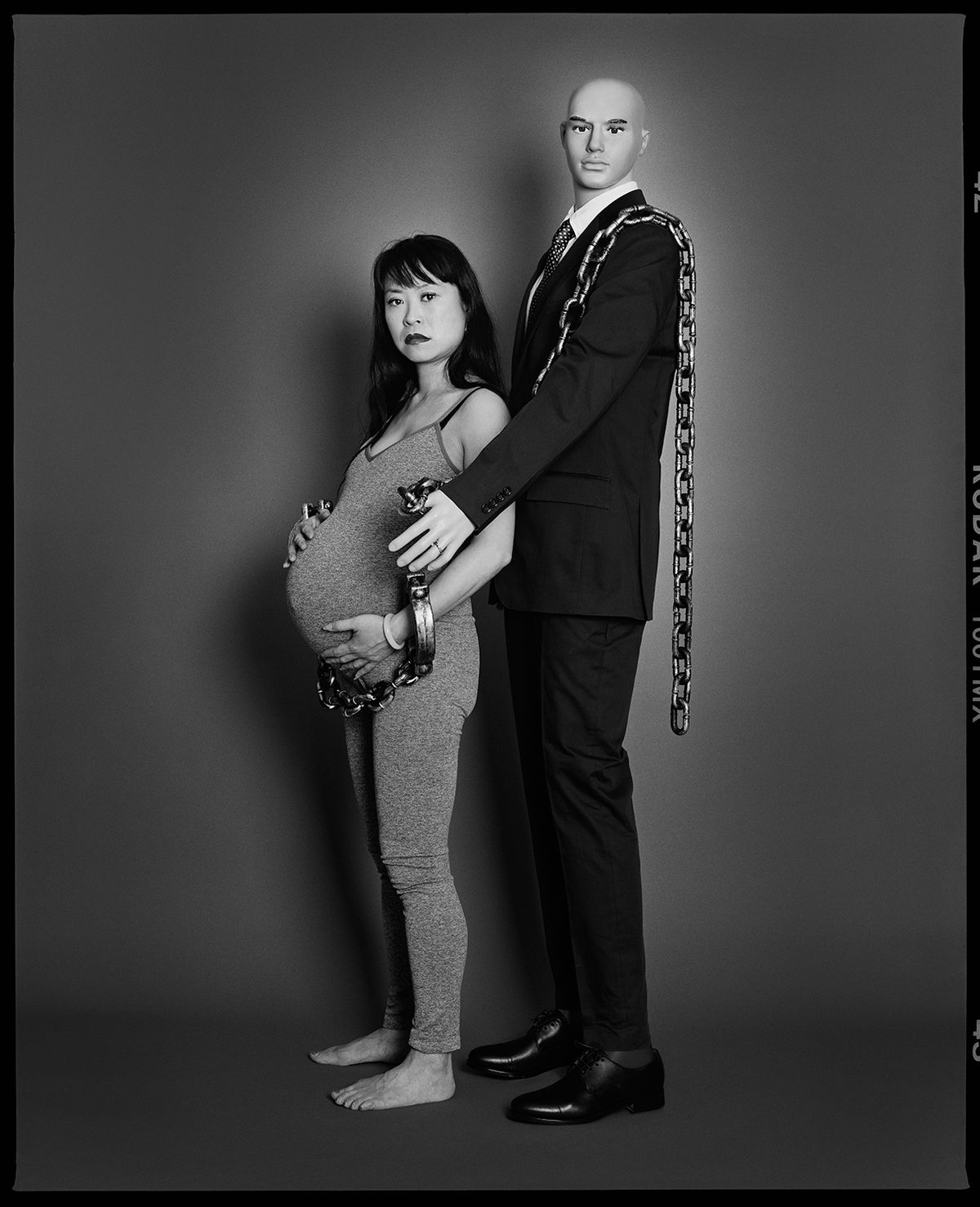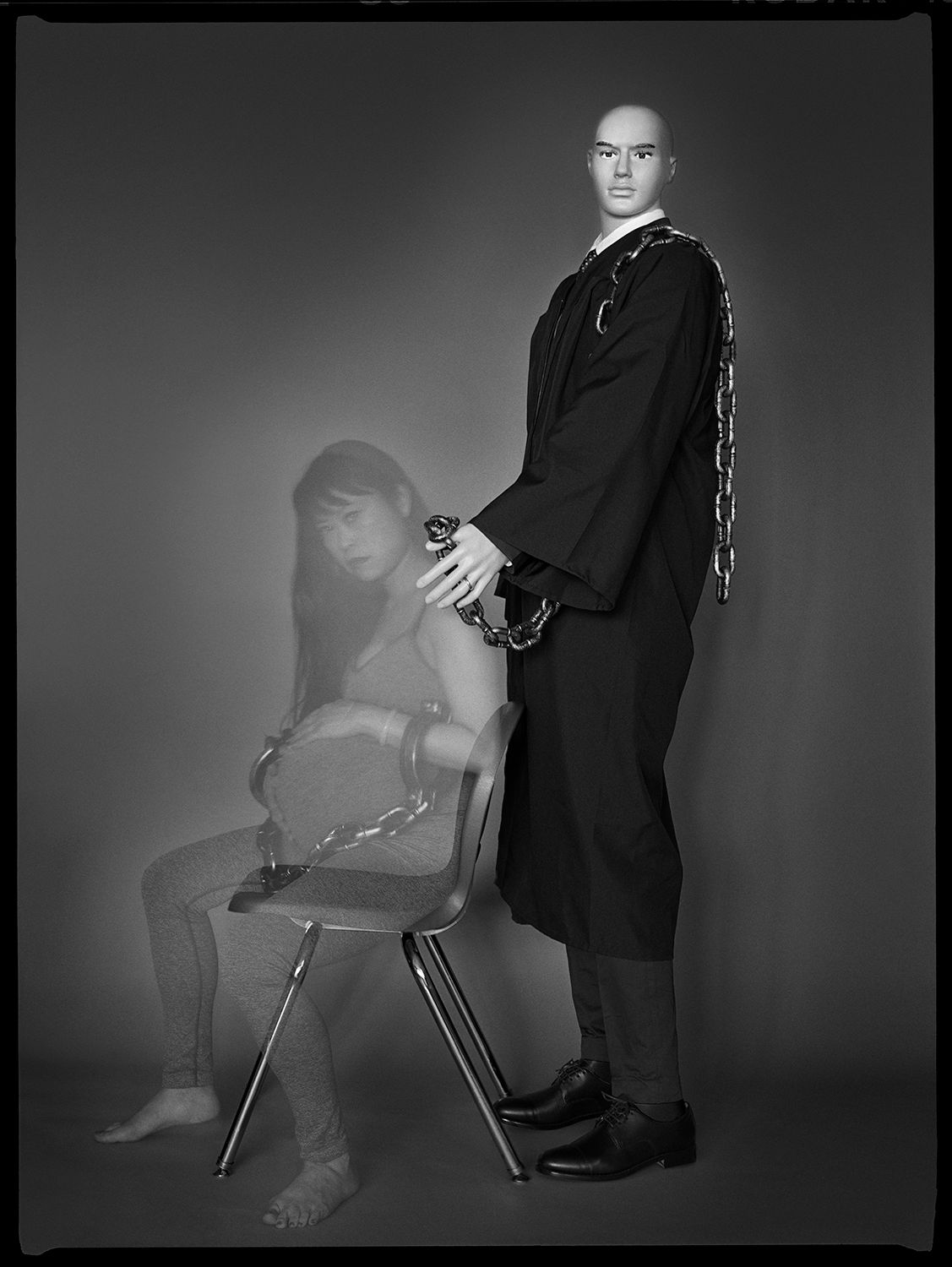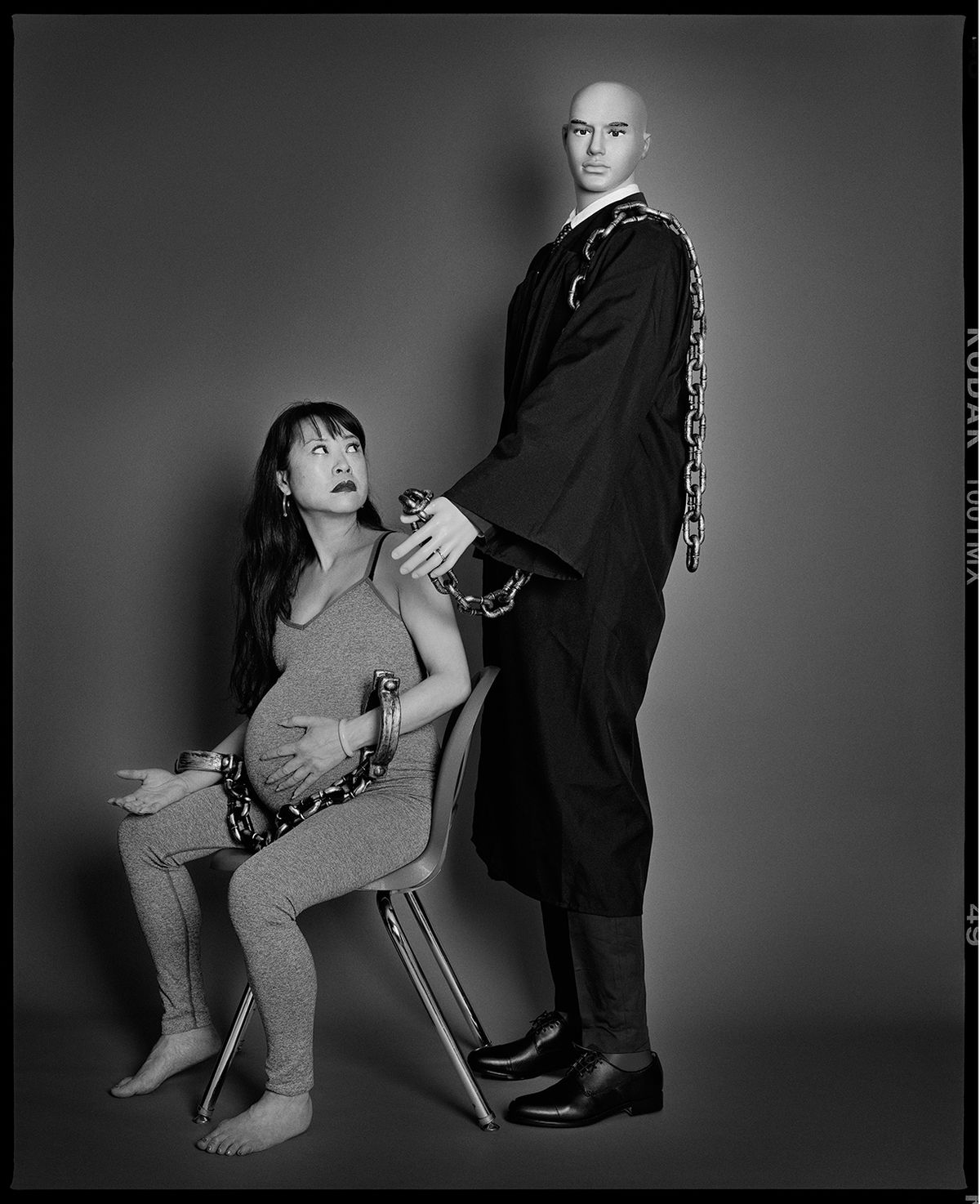OUR BODIES, OURSELVES
OUR BODIES, OURSELVES
In her latest series, OUR BODIES, OURSELVES, photographer Jean Karotkin focuses on the multi-generational struggle among all women to be seen and heard and granted the fundamental human rights men enjoy with regards to making decisions about their own bodies and having a voice
Therefore, with our country’s (and abroad) startling abuse of power when it comes to women’s rights, I created OUR BODIES, OURSELVES. This was the result of a dream I had when we witnessed the destruction of Roe vs Wade. I acted upon this dream and created a series of inspiring and influential images to help alter and influence the course of women’s individual voice and freedom.
OUR BODIES, OURSELVES, (the working title) focuses on the multi-generational struggle among all women…to be seen and heard, reclaiming the rights to abortion, healthcare, insurance, and gender equality.
The female subjects, which include the artist, run the gamut in terms of age, ethnicity, gender, and background. Each is meant to reflect a singular life as well as a collective imperative for personal freedom.
OUR BODIES, OURSELVES serves as testimony to this particularly fraught moment in time. As a growing body of work that will ultimately include the full and beautiful spectrum of all those who identify with womanhood, it is also a tool for countering the ideologies of the aggressors in this current assault on women’s rights. Their victory relies on the total disregard of varying perspectives, including Karotkin’s, which she, like all artists, asserts through her work, making the escalating infringements on women’s personal freedoms that are much harder to ignore.

